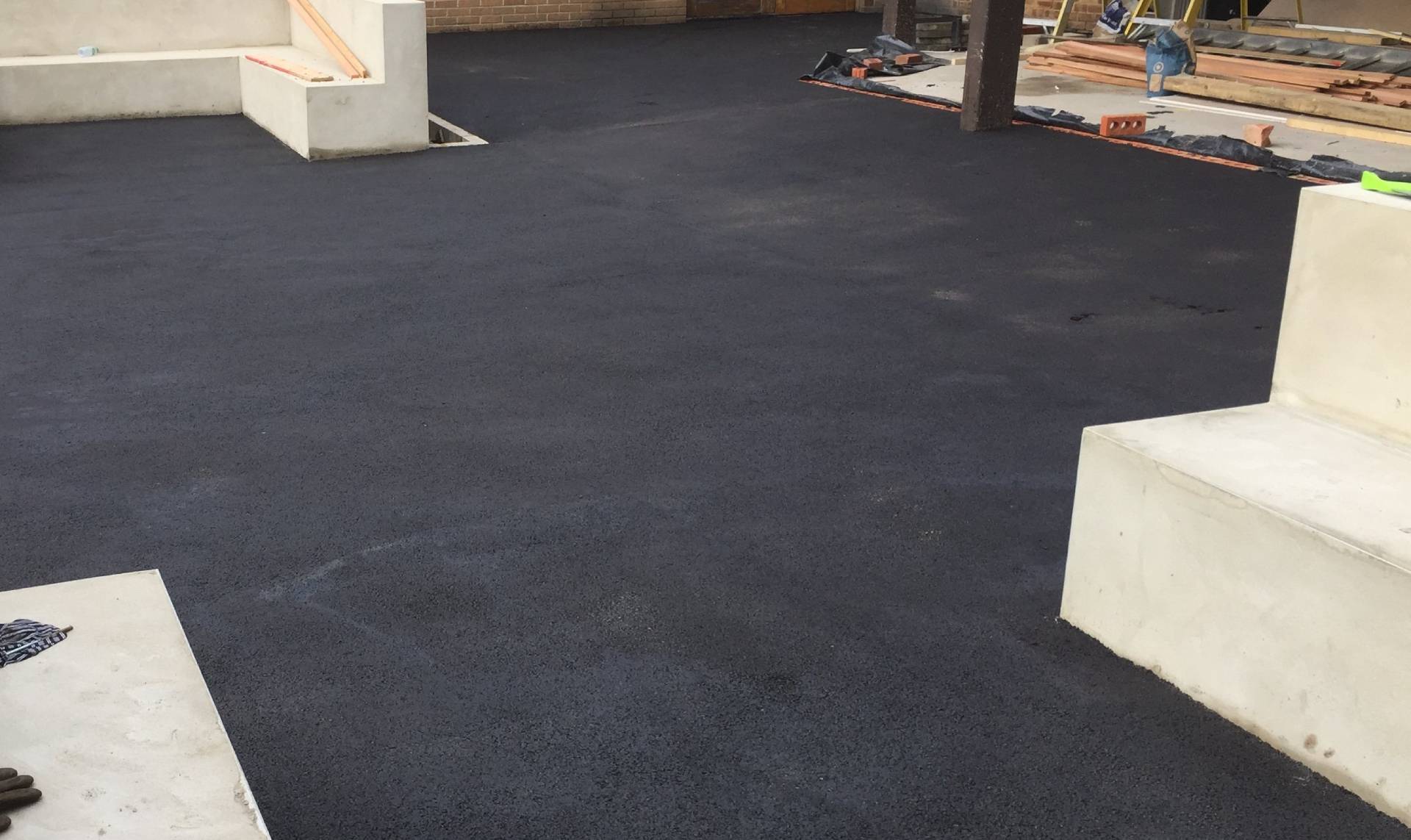If you’ve just had a gorgeous new resin bound driveway installed, you probably want to know how to look after it to keep it looking on top form for years to come. As resin bound surfacing experts, we have simple hacks and tips that require just a little bit of effort on your part in this guide.
Aftercare tips
Regular brushing and washing is often the only maintenance required for resin bound surfacing. However, there are some extra seasonal maintenance jobs that can help you maintain the perfect driveway.
Seasonal maintenance
Autumn
Sweep away leaves. It’s much easier to remove leaves when they are crisp and dry, rather than waiting for them to decay and become sludgy. A traditional sweep brush or more convenient leaf blower is ideal for this autumn maintenance task.
Winter
An important part of maintaining your resin bound paving is to scatter a layer of rock salt on it when icy temperatures are predicted. The salt will prevent ice from forming on the surface. Be sure to hose your paving down well with clean water after the cold spell.
Remove snow with a plastic shovel rather than a metal one. Using metal garden tools could scrape and damage the resin bound surface.
Summer
It’s best to have any weeds completely removed before the resin bound surface is laid. However, if you do see any weed growth come spring and summer, you can treat it with a suitable weed killer. If any weeds sprout up near your surface, you should try not to let them flower, as they could spread to your driveway.
Also remove any moss to keep your driveway looking pleasant and prevent slip hazards. You can spray the area with an algaecide periodically or remove using a broom or pressure washer.
Substances to avoid on resin bound surfaces
As mentioned above, it’s best to avoid using a metal shovel when removing snow. This is because it could damage the surface. You should also refrain from dragging or pushing heavy items over the surface, such as a skip. To protect the surface further, you may want to place heavier metal objects on wooden planks.
There are also spillages that you want to avoid whenever possible: oil, grease, cement, plaster, petrol, solvents.
If you do drop or spill any of these liquids or materials on your resin bound driveway, make sure to wash them off as soon as possible to prevent any hard-to-repair damage. Harsh chemicals could soften your base material, weakening the structure of your driveway.
You should also wipe away any tyre marks or mud.
At A&MT, we’re professional surfacing contractors who are dedicated to helping people get the ideal driveway and keep it looking presentable for years to come. We hope this guide will help you keep your resin bound surface on top form. Contact us today for more information about our resin bound surfacing.







